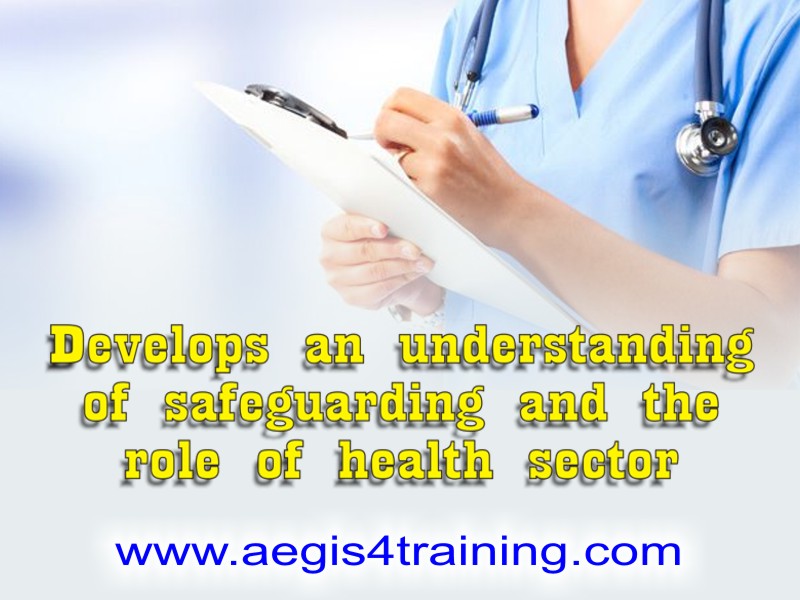
Public and political concerns have been raised by a number of shocking failures of care and cases of abuse that have shaken confidence in the care system
Major organisational changes in the UK safety National Watch, and the transfer of safeguarding responsibilities to new organisations, have led to some uncertainty
The Care Act, as it comes into effect, will place adult safeguarding arrangements on a statutory basis and bring in new duties.
It’s important to remain focused on outcomes rather than just the process of safeguarding. The outcomes should be
- To make sure of the safety and wellbeing of anyone who has been subject to abuse or neglect
- To make a  move against those responsible for abuse or neglect taking place
- To promote well-being and prevent abuse and neglect from happening in the first place
- Learn and make changes that could prevent similar abuse or neglect happening to other people
The development of adult safeguarding working arrangements has resulted in too much focus on a specific process and not enough on agreeing which actions will achieve the most positive outcomes for people. In some cases, other powers and actions could be used more quickly and beneficially rather than solely pursuing current formal safeguarding procedures. An appropriate balance needs to be struck between referring cases on for safeguarding investigation and an understanding of what other remedies there are available which could tackle and resolve the issue.
Safeguarding is everybody’s business. Therefore providers are required to meet essential standards of care and people using services are safeguarded additionally through monitoring by providers and commissioners, regulation and inspection. People’s welfare should also be secured by good commissioning, contracts management and, for some people, by care management or other forms of review.
It is for local safeguarding partnerships to make an agreement about how decisions are made, in different health and social care settings, as to what should be appropriately considered a safeguarding issue and addressed through a safeguarding investigation and what should be more appropriately dealt with through
other routes including complaints, employment law, contract monitoring and compliance, regulation and quality improvement processes. All of these routes, used effectively, will safeguard people. The important thing is for all options to be considered, recorded and co-ordinated and for the best interests of the person who has been abused always to be at the forefront of people’s minds.
A common theme in the learning from Serious Case Reviews for adults has been that information about poor and dangerous services was not collated or linked with other information so that intervention might have taken place before serious harm or death occurred. Local partnerships therefore need to have effective procedures for sharing information and means of communication in place to intervene before a problem becomes a crisis.
At a local level some partnerships have set up multi-agency groups which regularly review data and intelligence about care services and plan joint actions. Good practice would be to ensure that there is effective information sharing between staff responsible for monitoring the performance of care providers and those responsible for investigating safeguarding incidents. This is needed to ensure that co-ordinated
and proportionate action is taken to tackle poor care and that the threshold into safeguarding investigation is kept under regular review.
VISIT OUR WEBSITE NOW!
